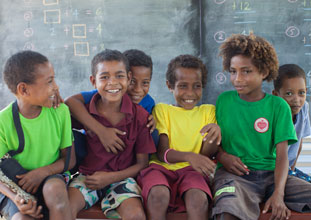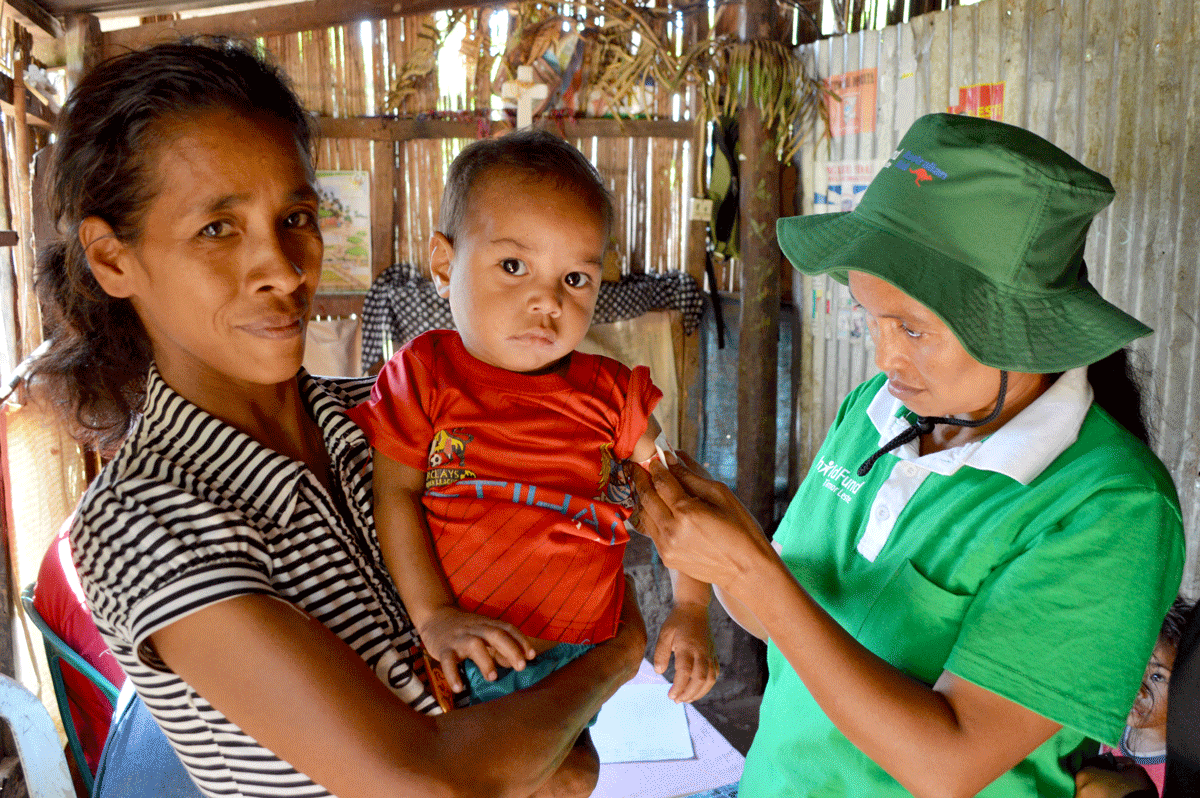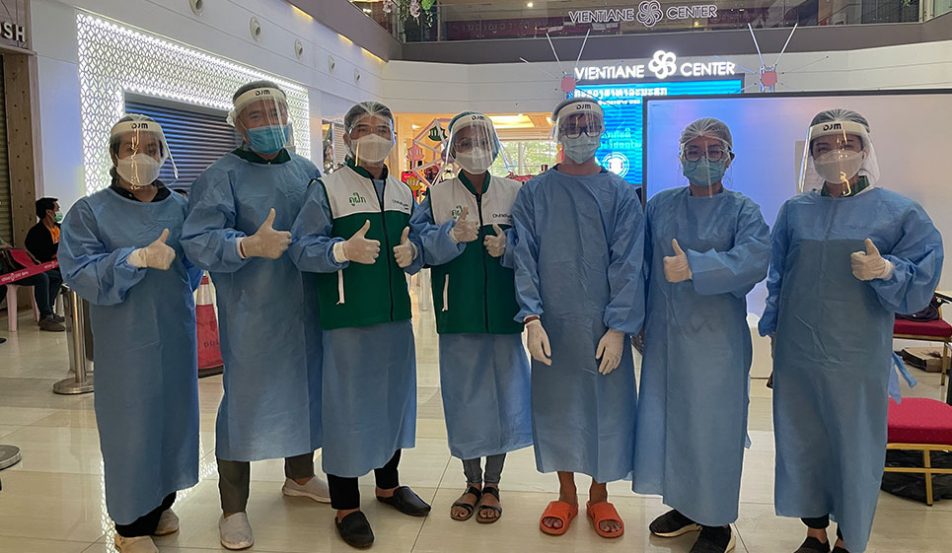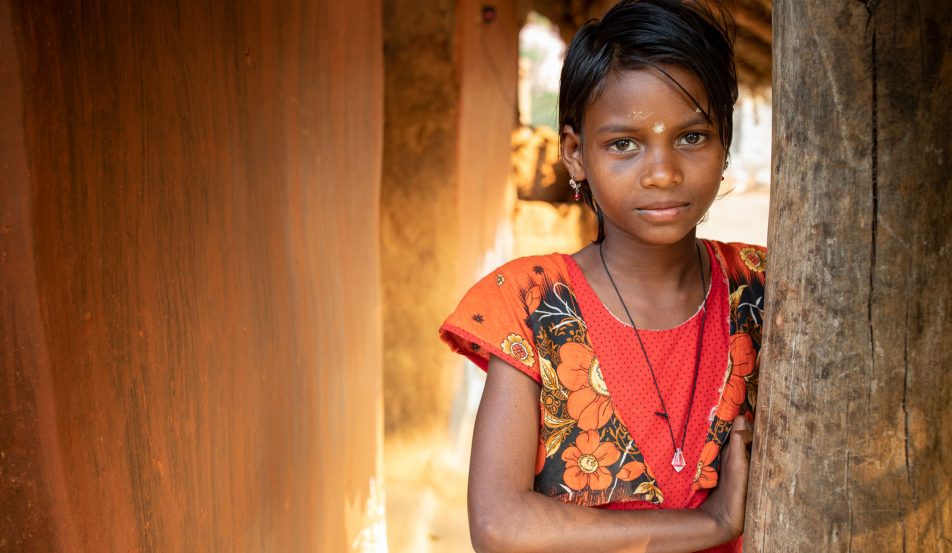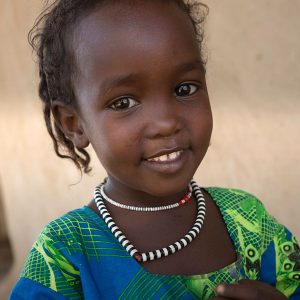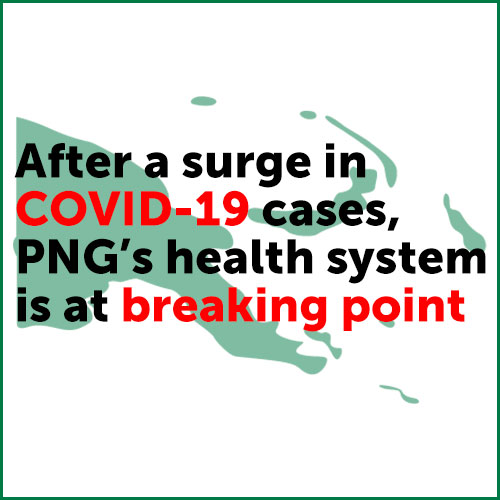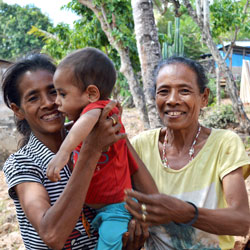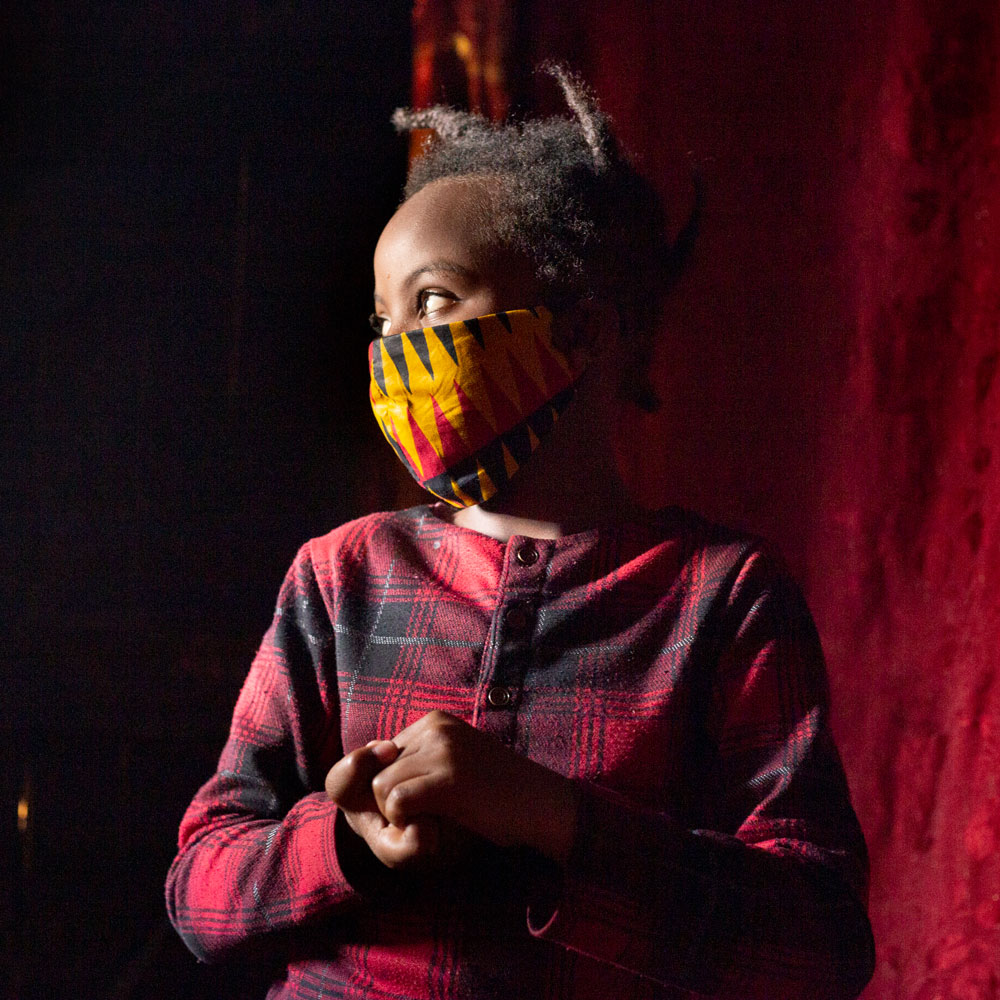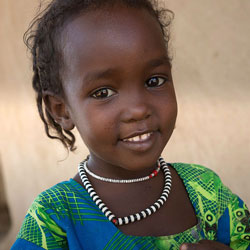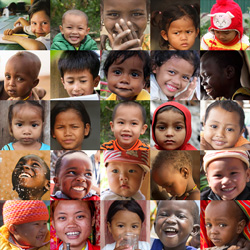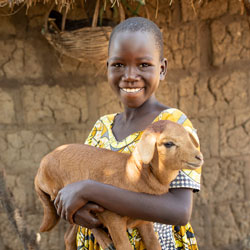Pregnancy and childbirth can be a beautiful time in a woman’s life, but it can also be one of the most challenging.
At worst, it’s heartbreaking.
Every day 830 women and 7,000 newborns around the world die from preventable life-threatening conditions and complications.
Almost all these deaths have occurred in developing countries, where healthcare services are dire or conflict is rife.
Many of these deaths occur in rural and remote regions, and are preventable with better access to clean and safe equipment, medication, and well-trained health workers who can provide immediate support and advice, or referrals, to women when needed.
World Health Organisation data shows the most common complications – accounting for 75% of maternal deaths – include: severe bleeding (usually after childbirth); infections (usually after childbirth); high blood pressure during pregnancy (pre-eclampsia and eclampsia); complications during delivery; unsafe abortions; and diseases such as malaria and AIDS.
The biggest killers of newborns include prematurity, complications during birth, or infections such as pneumonia and sepsis.
So where are the most dangerous places for a woman to be pregnant and give birth?
Pakistan
This south Asian nation, sandwiched between war-torn Afghanistan and bustling India, has long been marred by political, social and economic challenges, including gender inequality, terrorism and conflict, poverty, and illiteracy.
Women comprise more than half of the nation’s population, but have far fewer rights and opportunities than their brothers, sons, fathers and husbands.
The World Bank data shows about 60% of households are in regional or rural areas, where there is no or little access to healthcare services, support and advice, making pregnant women and their newborns one of the most vulnerable sectors of society.
According to UNICEF, Pakistan’s newborn mortality rate is the worst in the world, at 45.6 deaths per 1,000 live births. In comparison, the rate in Australia is 2.2 deaths per 1,000 live births.
Neonatal sepsis and infections, pre-term birth complications, birth asphyxia and birth trauma make up the top 10 causes of deaths in the country, according to the World Health Organisation.
Sierra Leone
This minerals-rich nation, well known for its diamonds trade, on the African west coast is one of the most dangerous places for a woman to be pregnant.
According to the most recent UN data, Sierra Leone has the world’s highest maternal mortality ratios in the world, at 1,360 deaths per 100, 000 babies born. This is equivalent to eight maternal deaths a day.
It’s estimated up to 6% of women in Sierra Leone will die as a result of maternal causes, such as severe bleeding, sepsis and hypertension, during their reproductive life.
Like Pakistan, war and conflict has long marred development in Sierra Leone. Poverty is widespread and it’s estimated about 60% of the population lives below the poverty line.
Between 2014 and 2016 the nation – along with its neighbours, Liberia and Guinea – also faced the worst Ebola outbreak in history. The epidemic killed more than 11,000 people.
A long history of poverty, disease and conflict has taken a toll on Sierra Leone’s health and prosperity.
Across the country quality healthcare services and workers are few and far between, impacting the most vulnerable members of society – pregnant women and their babies.
